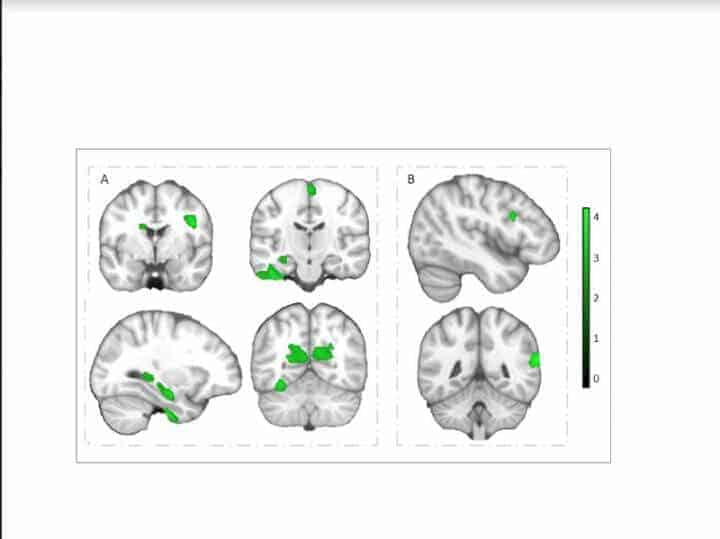Researchers from the University of Granada (UGR) have shown that physical fitness in children may affect their brain structure, which in turn may have an influence on their academic performance.
More specifically, the researchers have confirmed that physical fitness in children (especially aerobic capacity and motor ability) is associated with a greater volume of gray matter in several cortical and subcortical brain regions.
In particular, aerobic capacity has been associated with greater gray matter volume in frontal regions (premotor cortex and supplementary motor cortex), subcortical regions (hippocampus and caudate nucleus), temporal regions (inferior temporal gyrus and parahippocampal gyrus) and the calcarine cortex. All of those regions are important for the executive function as well as for learning, motor and visual processes.
This study has been published in the renowned Neuroimage journal and is part of the ActiveBrains project, which is a randomized clinical trial involving more than 100 overweight/obese children led by Francisco B. Ortega. Said project is being carried out mainly at the University of Granada’s Sport and Health Institute (IMUDS, from its abbreviation in Spanish) and the Mind, Brain and Behavior Research Center (CIMCYC).
“Our work aims at answering questions such as whether the brain of children with better physical fitness is different from that of children with worse physical fitness and if this affects their academic performance”, Ortega explains.
“The answer is short and forceful: yes, physical fitness in children is linked in a direct way to important brain structure differences, and such differences are reflected in the children’s academic performance”.
Besides, the UGR research associates motor ability with a greater gray matter volume in two regions essential for language processing and reading: the inferior frontal gyrus and the superior temporal gyrus. However, muscular strength didn’t showed any independent association with gray matter volume in any brain region.
According to Irene Esteban-Cornejo, postdoctoral researcher at the University of Granada and main author of this paper, gray matter volume in the cortical and subcortical regions influenced by physical fitness improves in turn the children’s academic performance.
Moreover, “physical fitness is a factor that can be modified through physical exercise, and combining exercises that improve the aerobic capacity and the motor ability would be an effective approach to stimulate brain development and academic performance in overweight/obese children”.
This scientific paper means an important contribution to human knowledge which should be taken into account by educational and public health institutions.
“We appeal both to politicians, who make educational laws that are increasingly more focused on instrumental subjects, and to teachers, who are the final link in the chain and teach Physical Education day after day. School is the only entity that gathers every children in a mandatory way for a period of at least 10 years, and as such, it’s the ideal context for applying such recommendations”, note the researchers.
In their own words, the authors of this study are “at the disposal of educational and public health institutions for talking about possible measures and putting them into action”.


